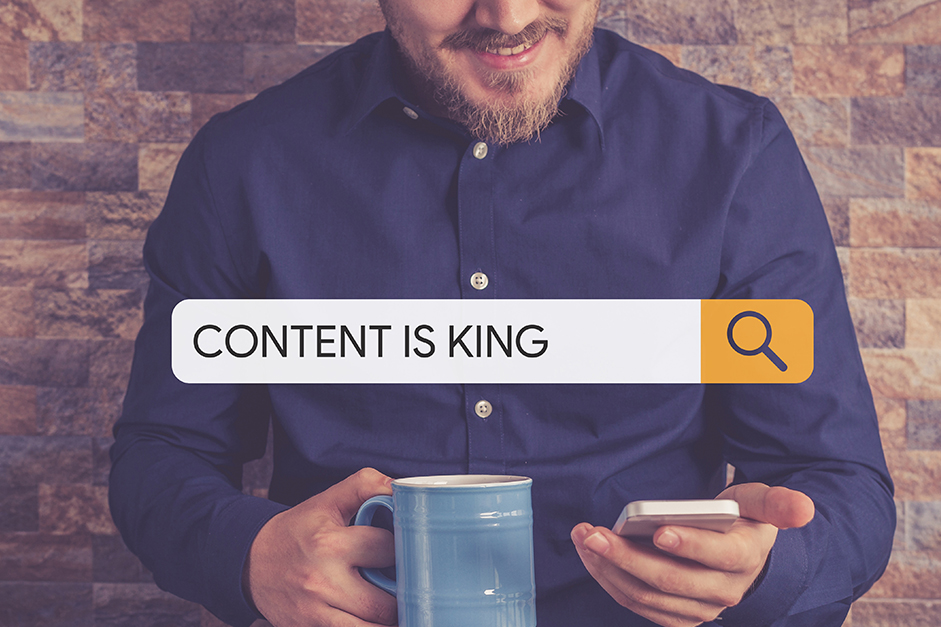Effective email marketing campaigns planned and delivered to a targeted audience at the right time can provide the highest return on investment of any digital marketing channel — by twice, if not more.
It’s no wonder. At the office, the average person checks his or her email 15 times per day and stays on about one-third of the time.
Seth Godin, highly sought-after speaker and author of more than a dozen bestsellers, including “Purple Cow” recently said: “Content Marketing is the only marketing left.” Email marketing is content marketing.
That does not mean, however, that you should start emailing people willy-nilly. So how do you ensure your campaign is effective to put your ROI in the “whopping” category?
The first thing you need is an email list. If you don’t have one, you must build one. It’s not like buying a snail-mail mailing list. Email lists don’t work that way. Don’t buy an email list. It might be illegal and often is counterproductive to what you’re trying to accomplish.
To build your list, you must invite people and offer an incentive, such as a free download, free shipping, information on a new product, a discount on their next purchase or a variety of other things. If your incentive gives the prospect value, you have a shot at gaining a new customer. Patience will be helpful during the list-building stage.
Pay attention to where you ask your website visitors to sign up. From a header bar sign-up offer to a pop-up opt-in, there’s no clear answer to the most effective place to put your email sign-up. Test different locations on your landing page and stick with the one that gets you the best results.
After your email opt-in is in place, you need to serve up great content that adds value to your subscribers. Start by sending a “Welcome” email once they’ve signed up.
You don’t want to overwhelm your list with constant sales pitches, but do remember the point of your list, at the end of the day, is to generate sales. Find a balance and keep your customers and prospects engaged to make the most out of your list.
What kind of email campaign should you send?
Your email strategy might include a newsletter to keep your customers up to date about your business. A newsletter can move and keep your brand at top-of-mind awareness with your customers.
Newsletters are great, but they might not drive a direct sale. A marketing offer can do that job by delivering a promotional discount or spotlighting a new or improved product. Include a call to action (CTA) that drives your prospects or customers to the sale; think “order now.”
Announcements or event invitations also engage audiences. They can drive sales and keep your business top of mind. Announcements might address something new, while events are an opportunity to engage with your product or service in person.
To get the most out of your email marketing campaign, you need to keep your content interactive, engaging and interesting.
A powerful advantage of email marketing is that each email can be personalized to each prospect and customer. Use your email opt-in to harvest the data necessary to customize your emails properly.
Segmenting your audience into groups using demographics, geographic location and ordering activity is highly recommended and easily achieved. Targeting segmented audiences will boost engagement and, ultimately, conversions.
Once you have built your list, make certain each email campaign’s messaging is aligned with your brand’s differentiated position. That is crucial to building brand equity or value with your customers. Using a consistent brand experience with colors, fonts and messaging with all of your other customer touchpoints will build trust.
Track the success of your email marketing campaigns through your email marketing tool (like MailChimp) and your website analytics tool (like Google Analytics). Analytics give you access to valuable information — the number of unique opens, unsubscribes, open rate, shares and other metrics. The data in your analytics can spotlight where you can improve a website or email.
SalesForce and SharpSpring are two examples of more advanced software tools and can save you time and money with your email marketing campaigns as well as handle all your customer relationship management (CRM) activities.
Simple split testing of your email campaigns is highly recommended because it can help you find the best results. Draft one email, change one thing about it in a second draft, then send one email to half of your list and the other one to the other half of your list. You might, for example, test different offers. This type of testing is known as an A/B split test.
You might find some tests reveal small changes that have a drastic impact on your results leading to improved conversions. The goal is continuous optimization.
Personal responses to every email might not be possible manually. By automating, however, you can schedule a variety of email types to be sent based on specific customer behaviors. Automation tools can be leveraged to keep your engagement with your customer base strong through regular touchpoints.
If you’ve been ignoring email marketing, it’s time to evaluate your strategy. The process doesn’t have to be complicated, and the returns can be massive. Remember, before you start launching emails, be sure you have permission from the people to whom you are sending them.



